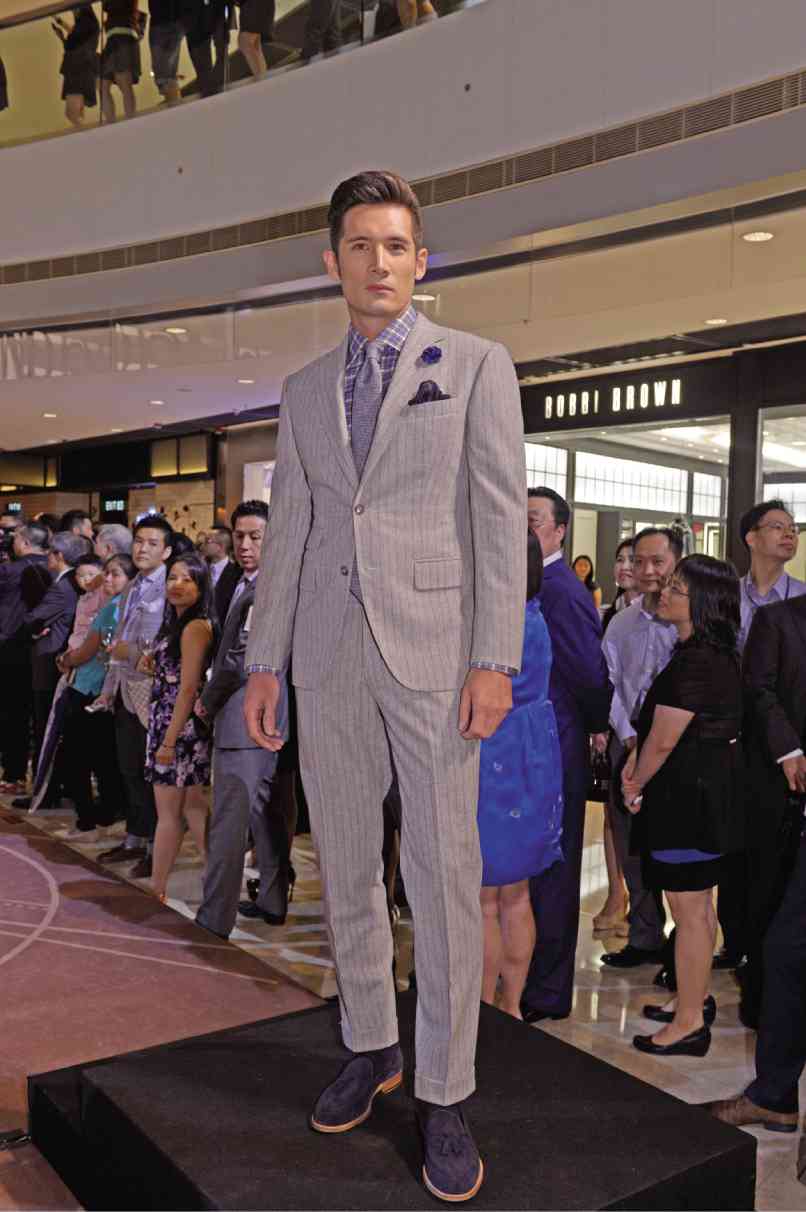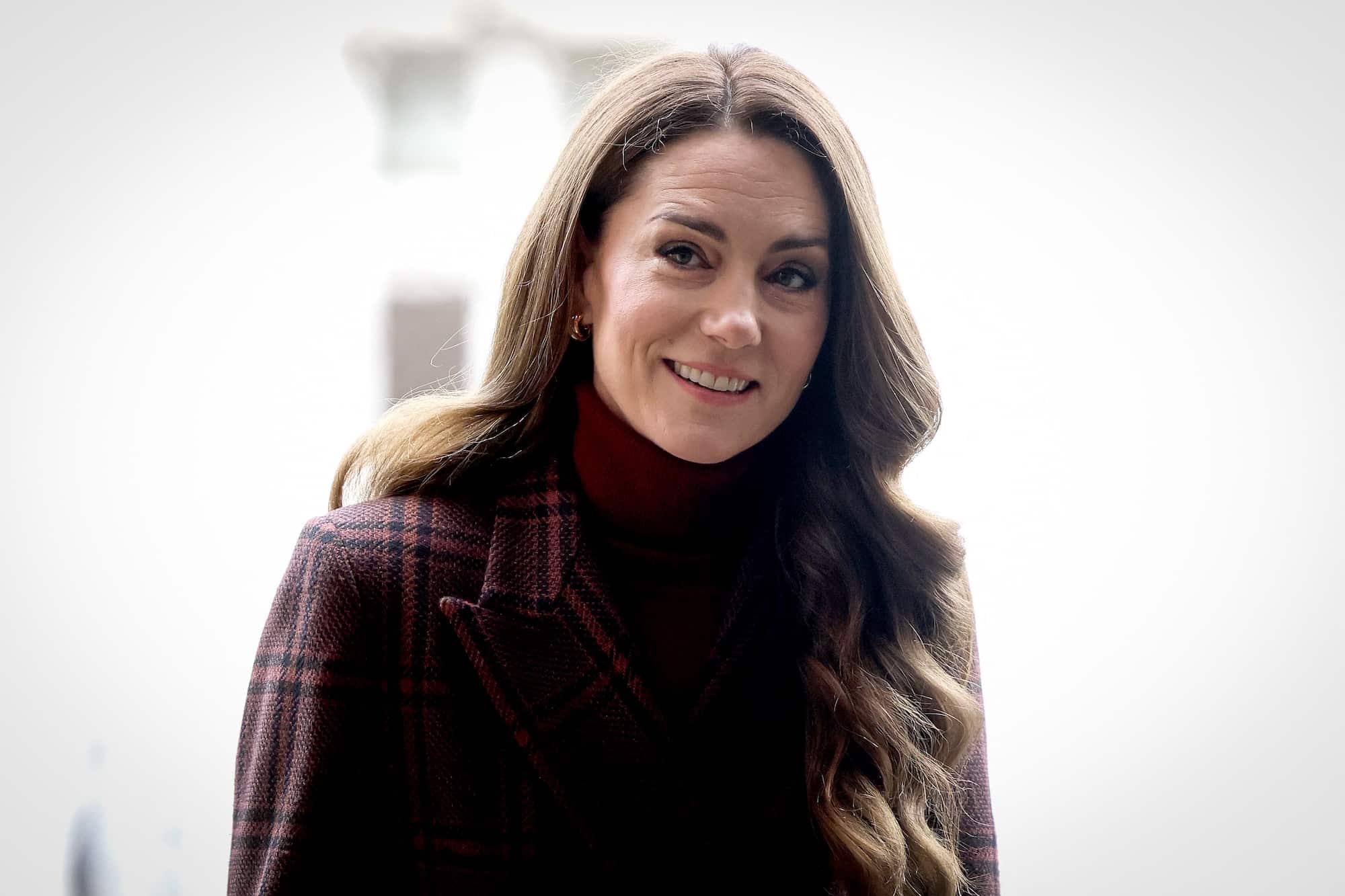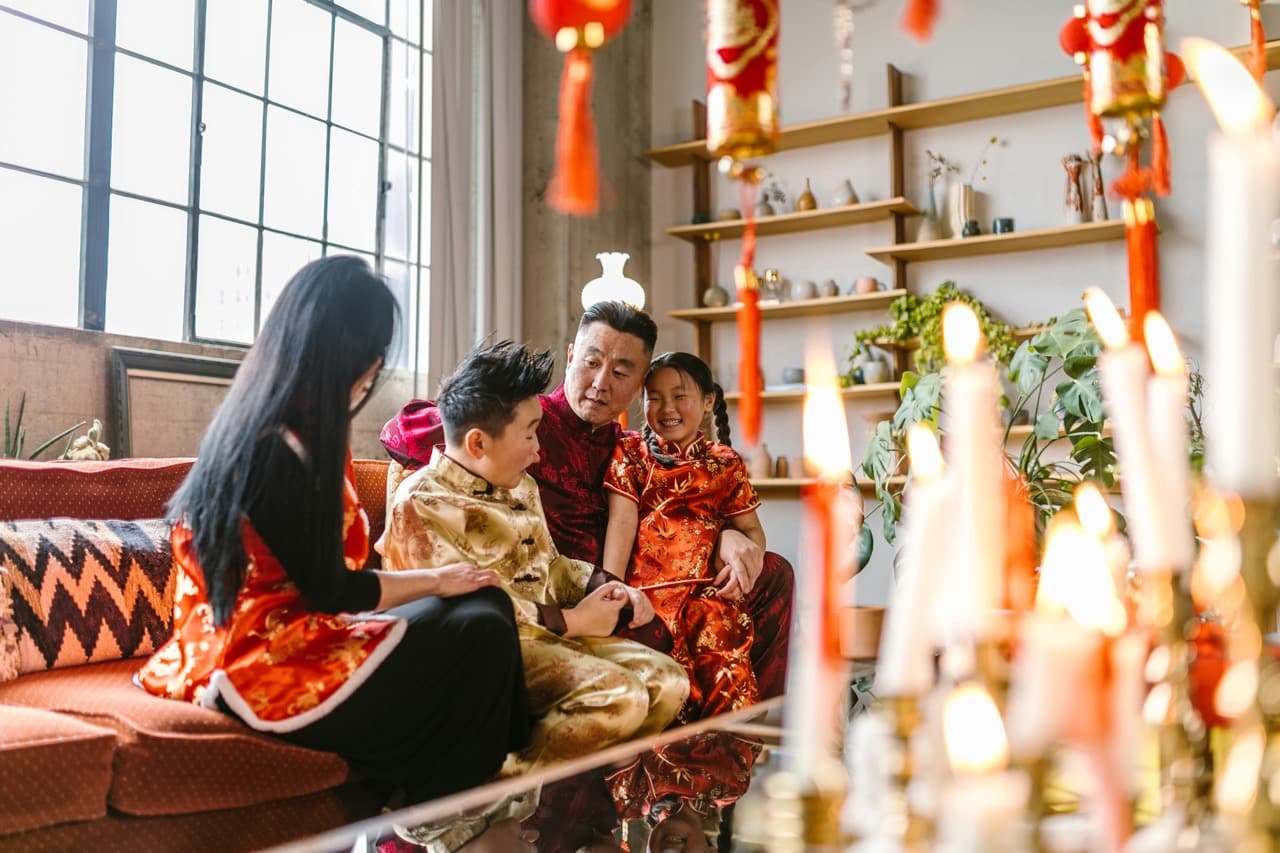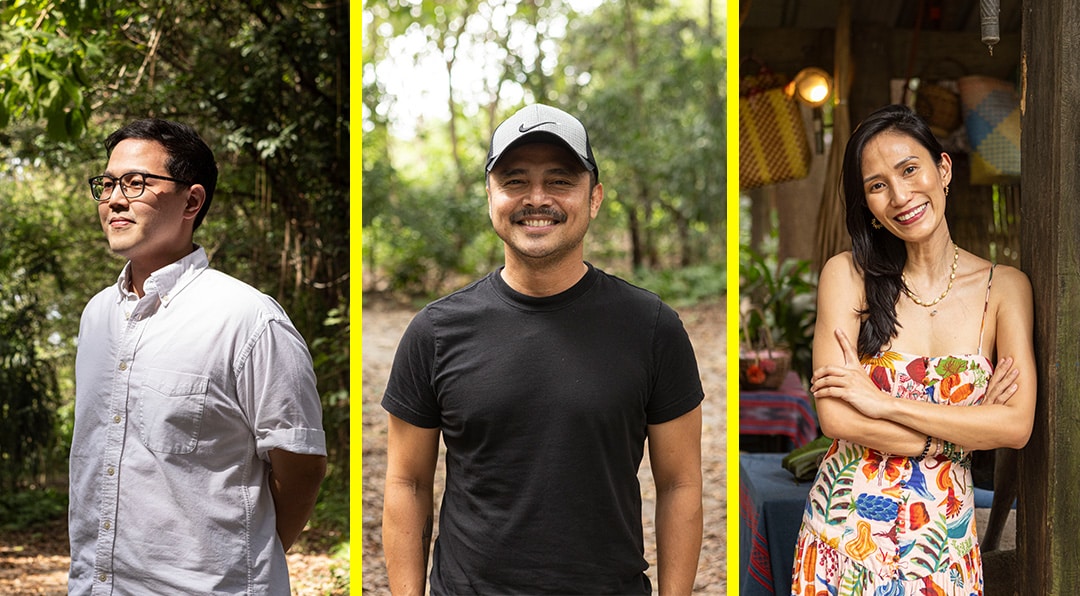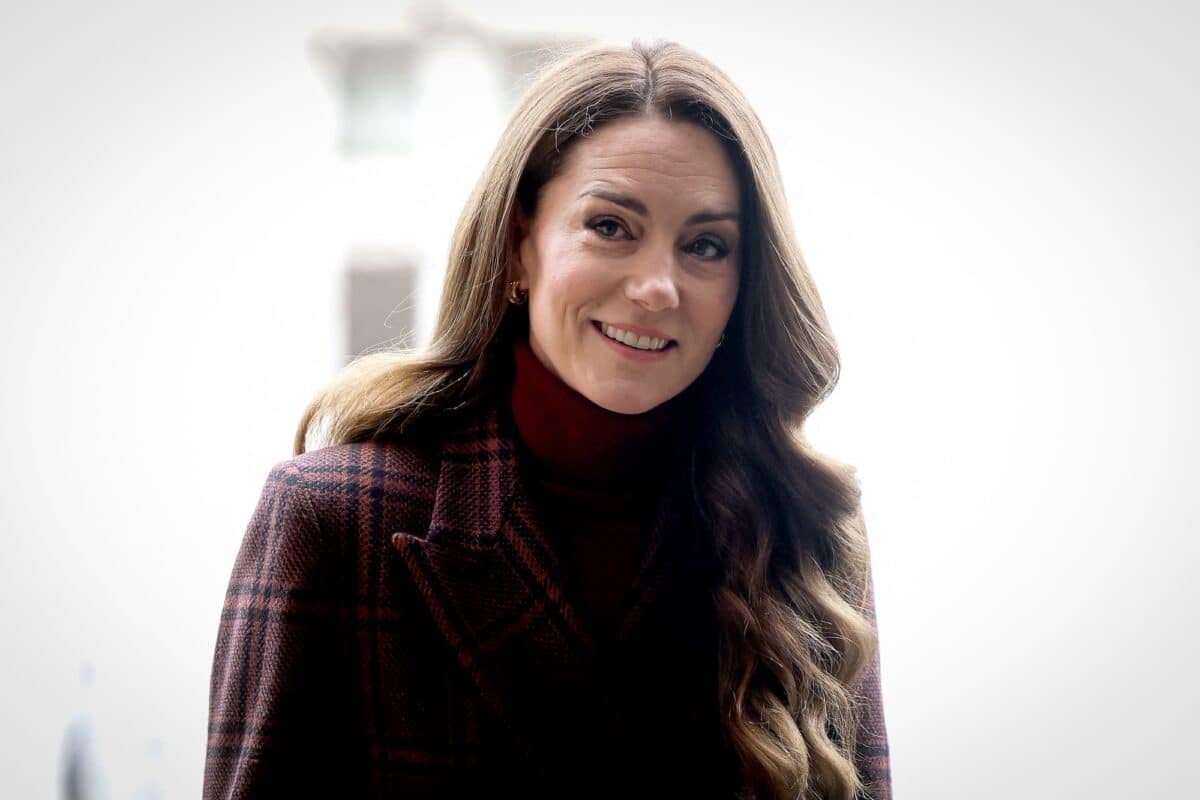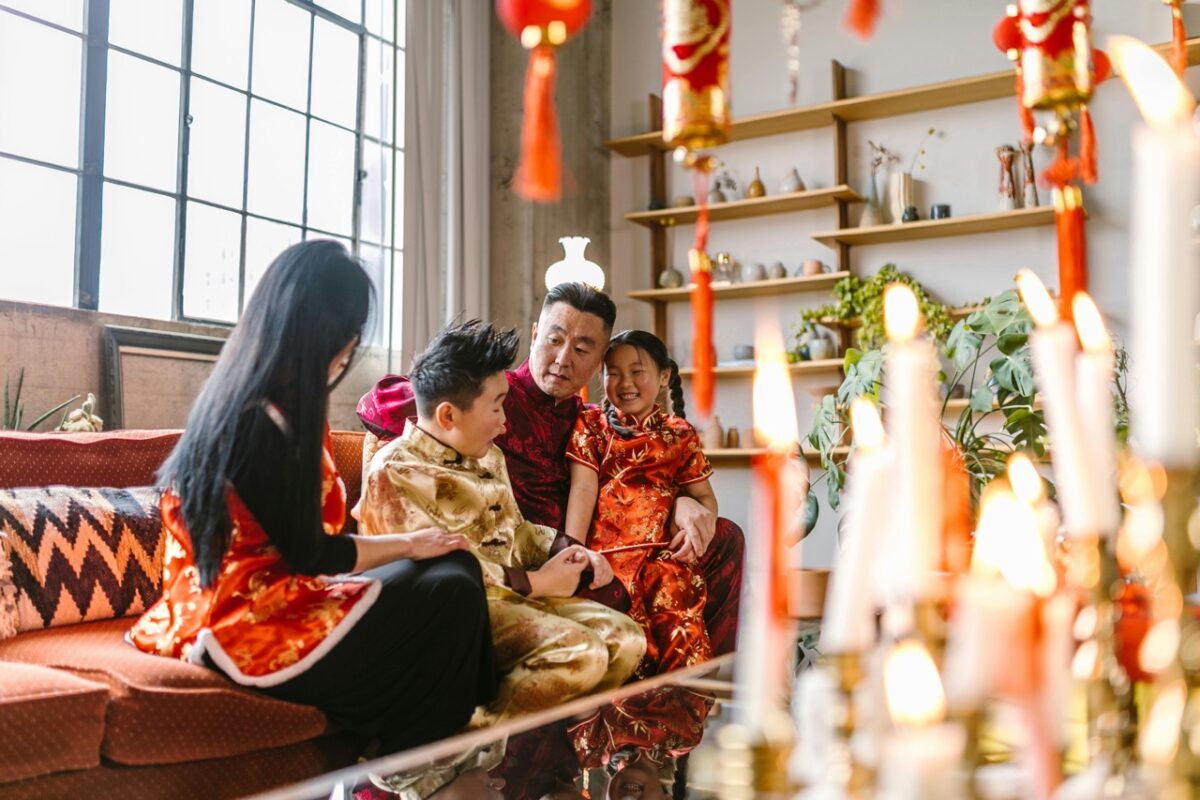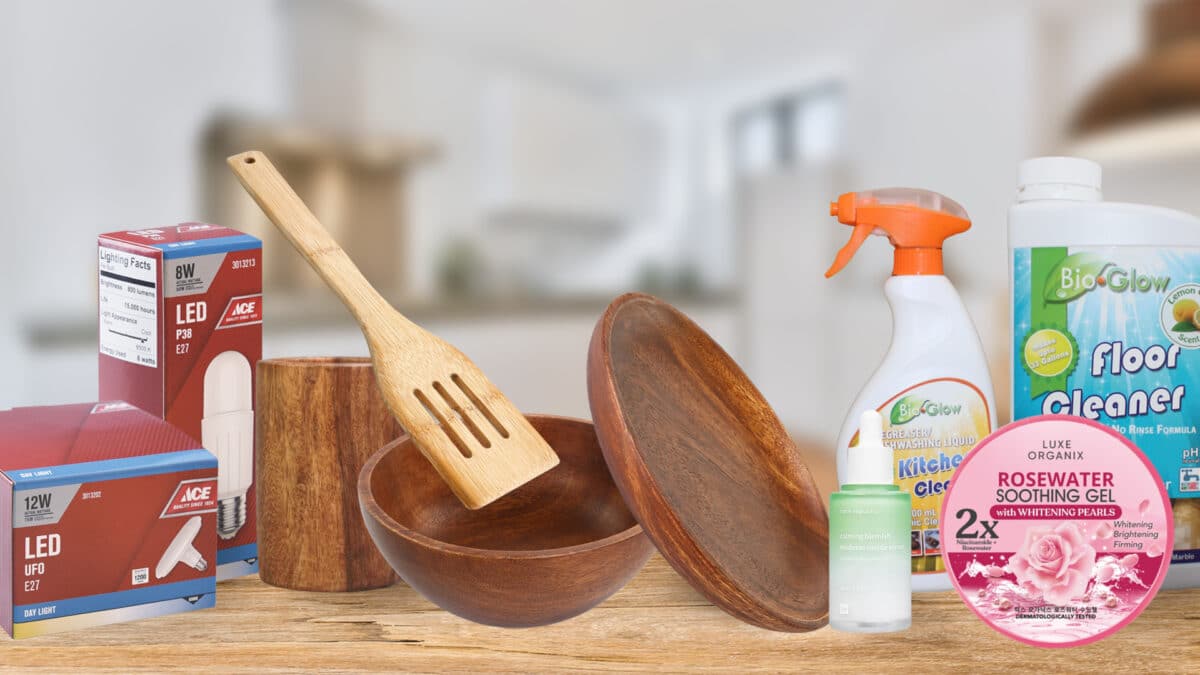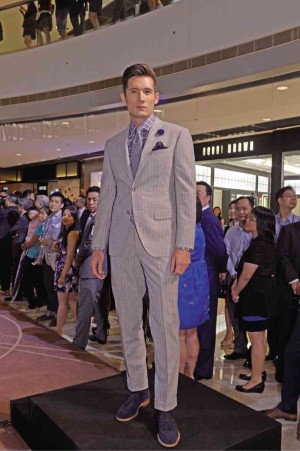
Ascot Chang, the venerable Hong Kong tailor, receives some of the most peculiar requests from its patrons.
There has been at least one gentleman who asked for one sleeve to be cut shorter than the other in order to show off the large, fancy watches he wears, according to Chang’s grandson, Justin.
One chief executive, meanwhile, insists that his shirt and suit sleeves be just the right length that they don’t ride up when he pounds on the conference table, and still be of the desired length when he straightens up.
But to Tony Chang, son of the late Ascot Chang and managing director of the eponymous company, these demands aren’t strange at all. In the bespoke trade, Ascot Chang is more than happy to accommodate various idiosyncrasies.
“Everybody has their own eccentricities and personal style,” said the mild-mannered chief of Ascot Chang, tailor to the likes of former US President George H.W. Bush, the late Hermés chair Jean-Louis Dumas, and Leonardo DiCaprio.
In fact, it’s Ascot Chang’s willingness to comply with clients’ specifications that may be setting it apart from some old-school tailors on Savile Row, according to Tony Chang.
“We all do the same thing,” he said. “Recently I visited an English shop on Savile Row. They’re very old school but even their cutting is very updated. But each house, they have their own taste, and they’ll point you to the kind of lapel they want, the waistline they want.
“In Ascot Chang, we believe that we make these garments according to customers’ tastes and lifestyle. If they want a narrower lapel like a Dior suit, or like a Prada or Tom Ford with a big
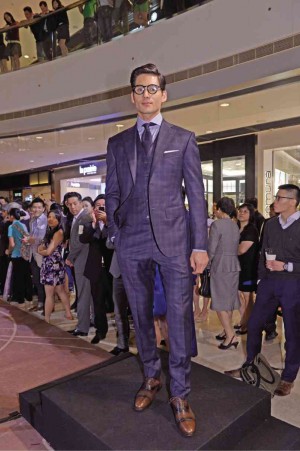
lapel, we’ll try to cater as close as possible. That may be a little bit different in certain houses with a defined style.”
Tony Chang was in Manila last week with his son Justin and cousin Lincoln to mark the opening of their boutique in Rustan’s Makati. It also has outposts in Rustan’s Shangri-La, and Makati Shangri-La, where it has been present for the last 14 years.
The early years
Ascot Chang Chi Bing learned traditional British tailoring in the burgeoning port city of Shanghai at the age of 14, after leaving his rural farming village in 1937. In 1949, he left the turbulent mainland to seek his fortune in Hong Kong.
Chang sought customers door-to-door by day, taking measurements, and spent nights sewing his bespoke shirts. By 1953, he opened his first shop on Kimberley Road and expanded his work to include men’s sleepwear and boxers, which distinguished him from other Hong Kong tailors at the time. Seven years later, he opened a shop at the Peninsula Hotel, which still exists today.
Tony Chang, however, didn’t set out to become a tailor like his father. The younger Chang was sent to university in Montreal, but eventually came home to learn his father’s trade when the latter fell ill. The dutiful son came on board full-time when he graduated.
Like every family member who’s involved in Ascot Chang—there’s also Ascot’s brother Johnny, Johnny’s son Lincoln, and Justin—they all had to go through training in the factory, to learn the core of the business: workmanship and quality.
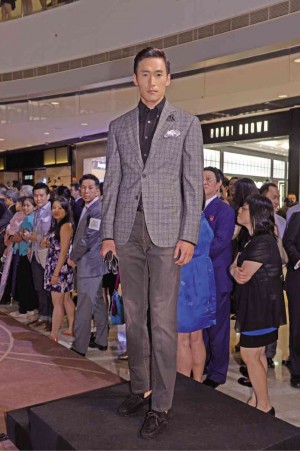
With a sheepish grin, he added, “But I’ll tell you, all three of us—Lincoln and Justin and I— aren’t very good at making shirts. To be good, you need years of practice.”
To get his feet wet, Tony Chang’s father put him in sales and customer service. “Through this, I learned more about the reputation my father had already established. My passion grew from there. He didn’t actually take my hand and teach me how to do this and that. But I learned from his passion and his love for custom shirt-making. He would go to sleep thinking of how he could correct a problem when he or a customer wasn’t satisfied.”
Growth and expansion
In 1986, the son opened their flagship in New York City, and three years later, in Beverly Hills. This was a natural progression to the traveling trunk shows Ascot and Johnny Chang started in 1969 across the United States and Europe, which their master tailors continue to do to this day.
They now have 18 shops in four countries, with two more opening in the Philippines in the next 18 months, in Cebu and Alabang, according to Rustan’s president Zenaida Tantoco. Rustan’s took over the franchise when the original owner offered it to them. “It’s the last of our brands that’s still outside the department store, so we’re very happy to bring it in,” she said.
When Ascot Chang died in the early 1990s, Tony and Johnny Chang took over the reins. They’re marking their 60th anniversary this year.
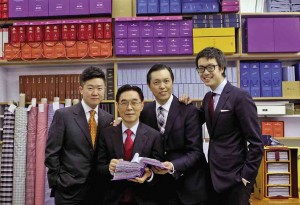
“We still make the same shirts as my father taught the workers,” said Tony Chang. “The company still runs like in the old days. My father’s apprentices run the factory. We’re like family.” A few years ago, his son Justin, who studied textiles and apparel management at Cornell, also came onboard and is now business development manager.
They introduced RTW 15 years ago, though bespoke still comprises 80 percent of their business.
Upgraded, updated
To keep up with the times, the Changs have upgraded their stores and their total image in accordance with the quality of service their affluent clients are accustomed to. Their windows show the current trends: three-piece suits, double-breasted jackets.
“We’re rebranding. In the future, we want Ascot Chang to be known as a menswear brand, not just custom-made,” said Tony Chang. “Our core is workmanship, but when we play with old, traditional fabrics and patterns, when they’re mixed and matched, they get a totally new look. We want our customers to also learn how to do that,” he added, showing this writer runway images on his iPhone from their 60th anniversary show in Hong Kong.
This Chang believes bespoke will always have a room in a market dominated by RTW. He pointed out that even through recessions, their business remained steady. It’s because, he said, there are certain sartorial requirements that RTW just can’t satisfy: Some clients are either very tall, very short, skinny or stout, have special tastes, or simply demand exquisite, high yarn-count fabrics, which are too expensive for RTW. (See sidebar in this section.)
They cater to a niche, one that’s now being discovered by his 26-year-old son’s generation.

“The service had its peak in the 1960s and ’70s,” he noted. “But people started buying RTW in the ’80s and ’90s, when Armani and Hugo Boss had their huge suits with loose fits, so anybody can buy, whether you had a tummy or not. Now the fit is tapered, so you can’t just buy RTW. In New York and Hong Kong, those in their 20s and early 30s, they’re trying custom-made items because they’ve never tried it.”
Even as the Changs have become more aggressive in their marketing, their company still relies much on word-of-mouth and repeat business. Which should explain how they ended up making shirts for Leonardo DiCaprio.
A long-time Ascot Chang client brought in the Hollywood star when the actor was in Hong Kong. DiCaprio ordered six shirts. He paid for them, and no, he had no strange requests.

